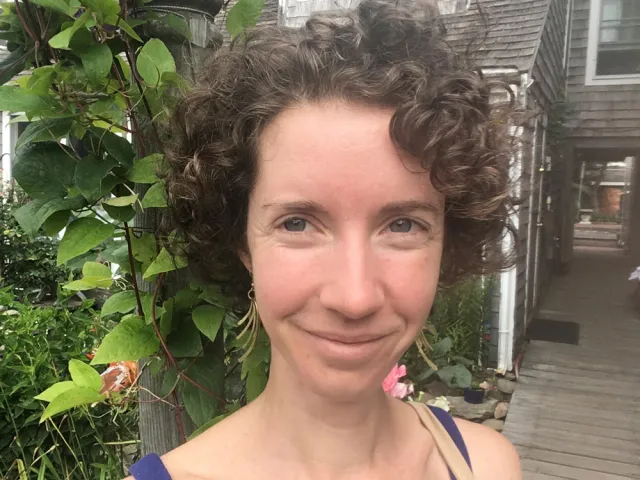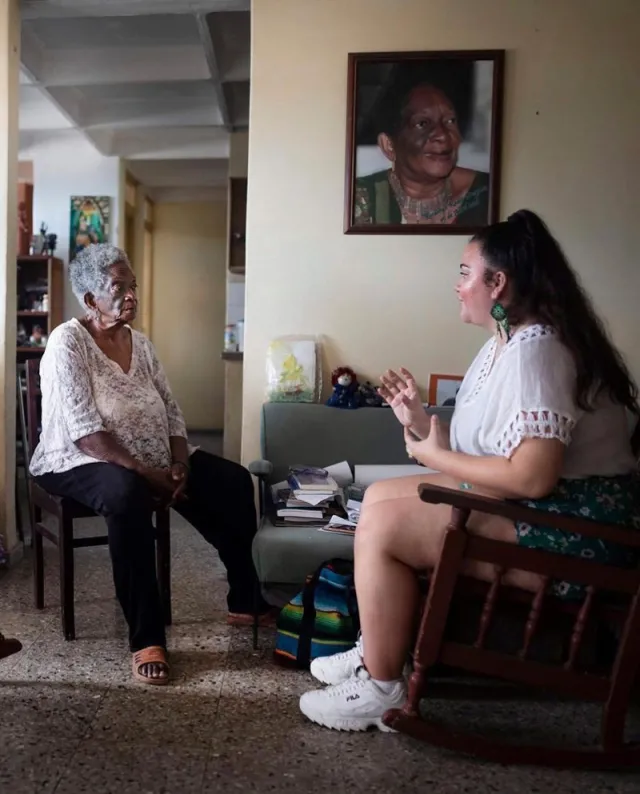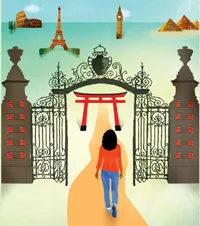The Insider’s Guide to the Boutelle-Day Poetry Center
Campus Life
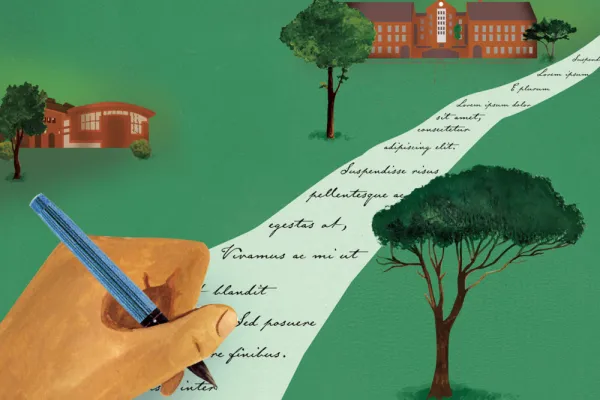
Published October 28, 2022
THE BIG IDEA
In the mid-1990s, as Smith looked ahead to the turn of the century, then-President Ruth Simmons urged faculty and staff to dream big about what the college could bring to life on the cusp of a new millennium.
Annie Boutelle, a poet and lecturer in English, took that advice to heart. “She had a vision for a center on campus devoted to the art of poetry,” says Matt Donovan, director of the Boutelle-Day Poetry Center. Boutelle founded the center in 1997 with Elizabeth Alexander, the poet at Barack Obama’s 2009 presidential inauguration, at the helm. It remains one of just a handful of its kind on liberal arts campuses.
Of the center’s many initiatives, the best known may be its visiting poet series, which brings a dozen luminaries to campus each year for readings and other events. Visiting poets have included Rita Dove, Mary Oliver, Joy Harjo, and Seamus Heaney. Students have had opportunities to connect with poets as part of their visits. Often, these meetings become powerful inflection points for students who decide to pursue the craft more seriously.
From the start, the center has aimed to engage a wide range of students and community members to illuminate the joy and relevance of poetry. Over the years, for instance, it has worked with The Care Center—a Holyoke, Massachusetts, organization that helps young mothers and low-income women go to college—to send poets to read to pregnant and parenting teens. In 2020, the center collaborated with the Smith College Museum of Art to publish The Map of Every Lilac Leaf, a collection of poems that respond to works in the museum’s permanent collection. And it recently began a YouTube channel, The Poem I Wish I Had Read, that features short videos in which poets discuss a poem they would have liked to have read when they were teenagers.
Donovan says the center is designed for everyone: from those simply curious about the art form to those who intend to hone their skills as poets for a lifetime. “We want people to experience poetry as a wide-ranging contemporary art form that has a direct relationship to people’s lives,” he says.
AN EXPANDED VISION
In 2020, the Poetry Center was endowed with $10 million from the Tammis Day Foundation in honor of Tammis Day AC ’05. It was renamed the Boutelle-Day Poetry Center and charged with expanding the scope of its work.
The endowment has broadened the center’s outreach efforts as well as rekindled its poet-in-residence program, which will allow acclaimed poet Jennifer Chang to spend a week on campus next February.
Recently, the center added programming for high school teachers who want to bring poetry into their classrooms, regardless of the subjects they teach. “Too often, poetry is taught as though it’s a riddle that students need to solve,” Donovan says. “But we know that poetry can be a great teaching tool that can help students understand experiences and dwell in ambiguity.”
From Smith to the World
Adrie Rose AC ’22 admits that she was singularly focused when she arrived at Smith: As a local resident, she had attended poetry readings sponsored by the Poetry Center, and she planned to enroll in the poetry concentration.
During her years as a student, she soaked up wisdom from visiting poets including Jessica Jacobs ’02 and Nickole Brown. Later, when she met Ross White, the executive director of a small publishing company called Bull City Press, she came up with what she describes as a “crazy idea”: to start a chapbook press through the Poetry Center.
Rose’s crazy idea will soon be a reality: While working on an M.F.A. in poetry at Warren Wilson College, she’ll head up the Poetry Center’s brand-new chapbook press. “The press offers opportunities to extend the work of the Poetry Center beyond Smith and the immediate community out into the world,” she says.
Boutelle-Day Poetry Center, By the Numbers
259
poet visits since the center’s inception
80 to 100-plus
students who enroll each semester in Reading Contemporary Poetry, a course that pairs Boutelle-Day Poetry Center visiting poet readings with classroom discussions
59,790
attendees at the center’s readings to date
Cuban poet Georgina Herrera, left, with Rosa Ramírez Mazaheri ’20. Photograph by Annielly Camargo
‘I Wasn’t Sure If I Could Call Myself a Poet’
When Rosa Ramírez Mazaheri ’20 was a first-year student, her adviser, Spanish professor María Estela Harretche, encouraged her to read a poem and a translation as part of a Poetry Center event for World Poetry Day. The event—and the space—hooked her. “It became one of my favorite places on campus,” she says. “I continued to use it as a study and writing space all the way through senior year.”
Later, she had an opportunity to read poetry translations onstage with Moroccan poet Soukaina Habiballah. She describes the reading as “one of the most beautiful experiences I’ve ever had.” Years later, the two still keep in touch.
But perhaps her most impactful experience as a poet came when she was working on her first book of poetry, Callendo/Falling. She started the project during a study abroad program in Havana after meeting Cuban poet Georgina Herrera, who told Ramírez Mazaheri that poetry was her destiny. “Before that moment, I wasn’t sure if I could call myself a poet,” she says. “I thought this title only belonged to the [Pablo] Nerudas and [Federico] García Lorcas of the world. That moment changed my life.”
Today, she continues to pursue her vision as a poet: She is currently in an M.F.A. program for creative writing in Spanish at the University of Iowa.
This story appears in the Fall 2022 issue of the Smith Alumnae Quarterly.
CENTER SERIES
A series of stories about the academic centers that help shape the intellectual life of the college.
FIRST: Lewis Global Studies Center
SECOND: Center for the Environment, Ecological Design, and Sustainability
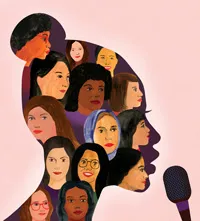
THIRD: Wurtele Center for Leadership

The center is designed for everyone: from those simply curious about poetry to those who intend to hone their skills as poets for a lifetime. Illustration by Ellen Weinstein
